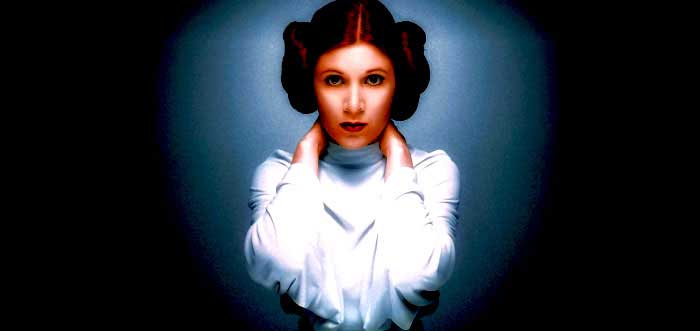The death of Star Wars' princess Carrie Fisher set off waves of speculation over her character's return in the saga's future episodes. Advances in digital technology are allowing filmmakers to resurrect characters after a performer dies. But this is not good news for everybody. This trend has sent Hollywood actors in the here-and-now scrambling to exert control over how their characters and images are portrayed in the hereafter.
"Celebrities are increasingly involved in making plans to protect their intellectual property rights ," said Mark Roesler, an attorney and chairman of CMG Worldwide, an agency representing celebrity estates. "They understand that their legacy will continue beyond their lifetime."
Roesler said that at least 25 of his clients are negotiating the use of their or their loved ones‘ computer-generated images in movies, television and commercials. While employment contracts determine how they can be used in a particular film or commercial, a performer's will may address broader issues.
According to Roesler, some actors or their family fret that overexposure will tarnish a celebrity's image. These wills vary.
Heirs already have control over actors‘ posthumous profits by requiring their permission for any use of their likeness, California law states. However, as technology has improved, what actors are focused on nowadays is on steering their legacy with stipulations on how their images are used - or by forbidding their use.
Robin Williams, for instance, who died back in 2014, forbid any use of his image for commercial purposes until 2039, according to court documents. He also blocked anyone from digitally inserting him into a movie or TV scene or using a hologram, as was done with rapper Tupac Shakur at Southern California's Coachella music festival in 2012 - 16 years after his murder.
With digital technology opening up so many possibilities, actors‘ union SAG-AFTRA is lobbying for all states to enact protections on the use of celebrity images after they die.
"The issue for us is straightforward and clear: The use of performers‘ work in this manner has obvious economic value and should be treated accordingly," a SAG-AFTRA spokesperson said.
Another issue with this technology is that the prospect is more costly than hiring even a first-tier actor. "It's very expensive," Litwak said.
Another question for filmmakers is whether technology provides a realistic portrayal.
"Most people in the movie industry don't think it‘s quite there yet," Litwak said. "It's amazing what they can do, but it's not as good as a real actor. It seems a bit artificial."
After Tarkin's resurrection in "Rogue One" some fans complained the portrayal did not look human enough.
"Does Disney want to have people scrutinizing how real that synthetic character is, rather than talking about the movie itself?" he asked about the prospect of Leia's return. "It would be a distraction."

